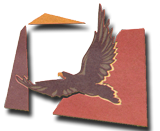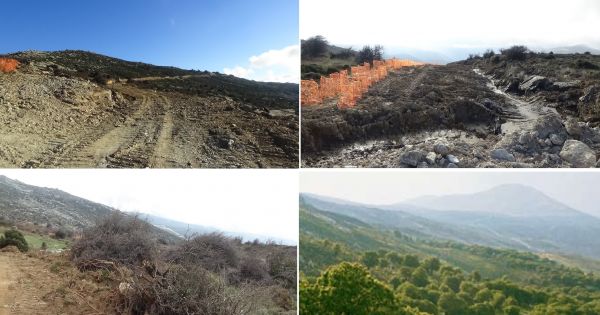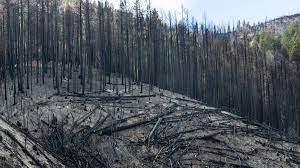Caves
Agia Triada
The cave of Agia Triada (t/n: Saint Trinity) is located in the homonymous location where there is an old church and ravine, 3km from Karystos, near the village of Kalivia. The cave has been formed along an underground river that flows into the source of Agia Triada. The configuration of the cave includes extremely difficult passages with sharp rocks and alleys such as precipices, galleries and pipettes. On its route, there are also small and large lakes, as well as rooms with beautiful decoration of mantles, columns and stalactites.
The Agia Triada Cave is systematically investigated by the Ephorate (t/n: Board) of Paleoanthropology-Speleology and the Canadian Archaeological Institute. The findings show that the cave has been used as a refuge and burial place since the late Neolithic and Early Bronze Ages and perhaps even in historical times.
Exploration missions begin in 1932 and continue to this day. Exploring the cave is a challenge for speleologists, due to the difficulties it presents and the length of stay. The first difficult point is a fairly deep abyss which leads to the water level. Then, begin a series of pipettes that require a diver costume. In 1959, the most complete research of the cave was done and human bones and pottery fragments were found, bats were found in the big room of the cave and the temperature (15-16 degrees) and the water quality were measured. In 1981 a group of cave divers from England passed the first pipeline and then crossed a 150m track, until they reached the hall of the waterfall that falls from a height of 30m.
The next year, the same team and members of ΣΠΕΛΕΟ, cross the barrier of the waterfall and find new corridors that lead to the second pipeline at 1500m from the entrance. In 1986, ΣΠΕΛΕΟ dives into the second pipette and discovers a third pipette. In 1989 again, ΣΠΕΛΕΟ passes the third pipette and after 100m. the fourth and stops at the fifth pipette. They also explored a parallel corridor that leads to the old riverbed that is equal to the most beautiful caves in Greece. From 1990 to 2002 no new exploratory expeditions took place, but the visits of speleologists to the waterfall to admire the unique spectacle increase. In 2003 a new team of ΣΠΕΛΕΟ passes the fifth pipette and immediately after a sixth and a seventh. To date, 2,400m have been explored.























